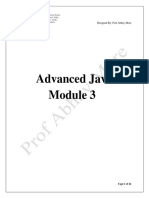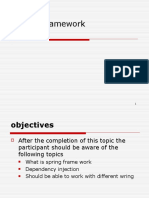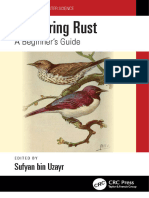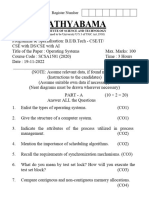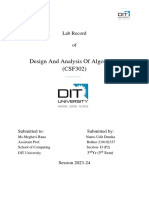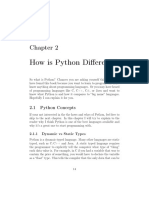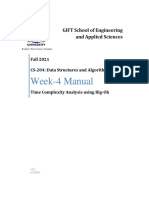0% found this document useful (0 votes)
19 views12 pagesSpring Framework
The Spring Framework is a dependency injection framework designed to create loosely coupled Java applications through its core principles of Dependency Injection (DI) and Aspect-Oriented Programming (AOP). It consists of several modules categorized into Core Container, Data Access/Integration, Web, and Miscellaneous, each providing essential functionalities such as IoC, database integration, web application support, and security features. The guide concludes with an invitation to connect on social media for further insights and updates.
Uploaded by
gunjanmahara2Copyright
© © All Rights Reserved
We take content rights seriously. If you suspect this is your content, claim it here.
Available Formats
Download as PDF, TXT or read online on Scribd
0% found this document useful (0 votes)
19 views12 pagesSpring Framework
The Spring Framework is a dependency injection framework designed to create loosely coupled Java applications through its core principles of Dependency Injection (DI) and Aspect-Oriented Programming (AOP). It consists of several modules categorized into Core Container, Data Access/Integration, Web, and Miscellaneous, each providing essential functionalities such as IoC, database integration, web application support, and security features. The guide concludes with an invitation to connect on social media for further insights and updates.
Uploaded by
gunjanmahara2Copyright
© © All Rights Reserved
We take content rights seriously. If you suspect this is your content, claim it here.
Available Formats
Download as PDF, TXT or read online on Scribd
/ 12





























